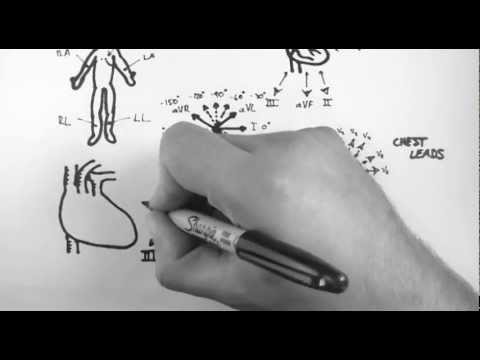RESPIRATION PHYSIOLOGY Study Notes for Medical Students listed out as follow for your exam . They are being collected from different sources.

RESPIRATION PHYSIOLOGY Study Notes for Medical Students
RESPIRATION Physiology Study Notes
- Between the trachea and alveolar sac, the respiratory tract divides for 23 times. The first 16 divisions are conducting zone up to terminal bronchioles. The rest are gas exchange zones
- Movement of diaphragm accounts for 75% change in intrathoracic volume during quite inspiration
- Most of the work of breathing(65%) is to overcome ELASTIC RECOIL (past MCQ). Other are airway resistance(28%) and viscous resistance (7%)
- In the upright position, the ventilation per unit volume is greater at the base of the lung than that of apex… the reason is intrapleural pressure is less negative at the base so alveoli are less expanded. At the apex, the intrapleural pressure is more negative and alveoli are more expanded i.e. the %age of max lung volume is greater. Because of the stiffness of the lung, the increase in lung volume per unit increase in the pressure is smaller when lung is initially more expanded so ventilation is consequently more at base
- Exercise is reported to increase the 2,3 DPG in 60 minutes… but n trained athletes this rise may not occur
- Four important functions of Hb. 1. Transport of O2. 2. Transport of CO2. 3. Buffer. 4. Transport of NO
- Chloride shift is mediated by a protein called BAND 3 one of the major membrane proteins.
- Of approximately 49ml of CO2 in dl of the ARTERIAL blood 2.6 ml is dissolved, 2,6 ml is carbamino compound and 43.8 ml is in bicarb form. In tissue 3.7 ml is added. O.4 ml stays in solution, o.8 ml forms carbamino compound and 2.5 ml forms bicarb
- Carotid and aortic bodies(GLOMUS) is made of TYPE I and TYPE II cells surrounded by fenestrated sinusoidal capillaries. Type I cells are called glomus cells which resemble chromaffin cells of adrenals and release catecholamines upon exposure to hypoxia and cyanide









